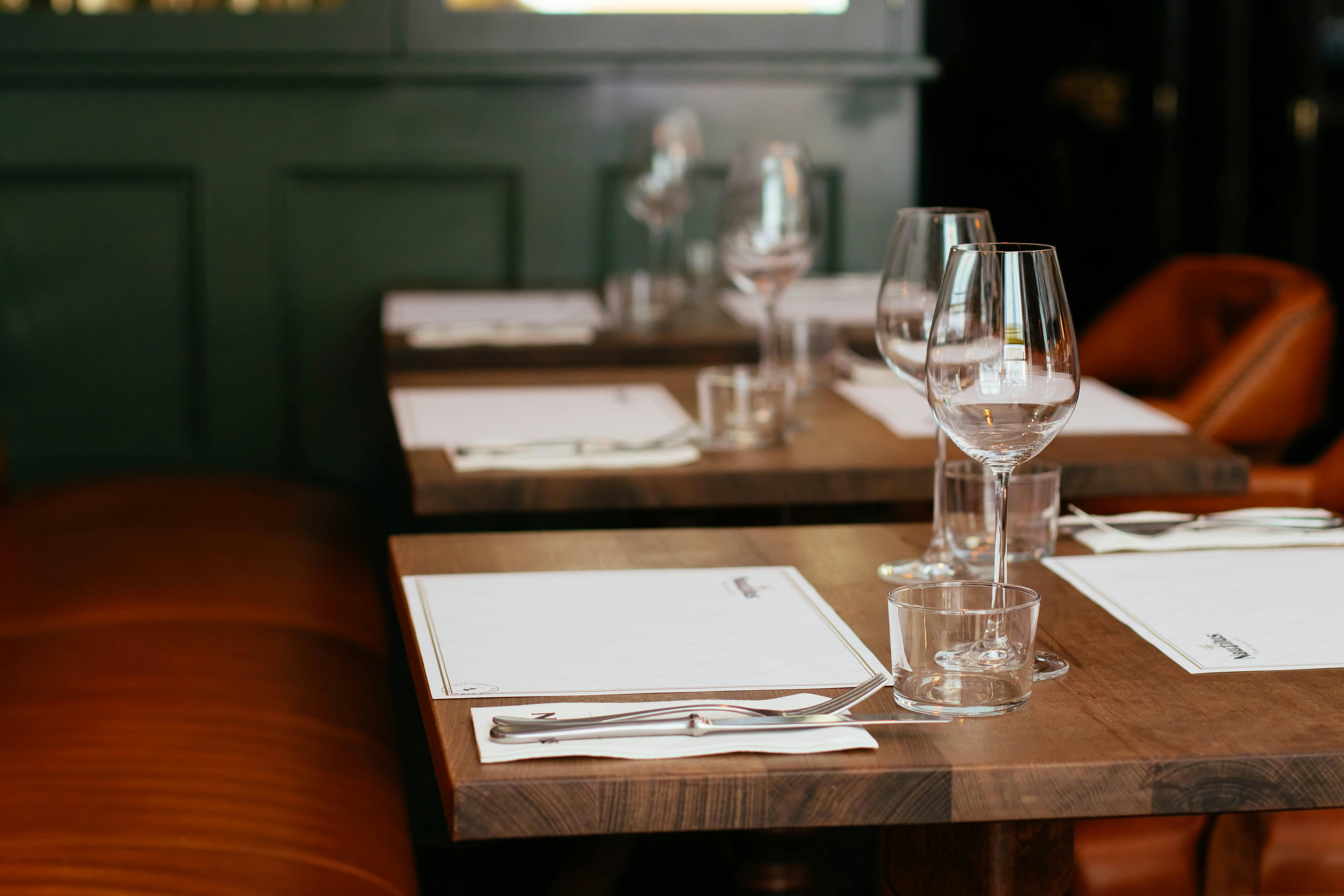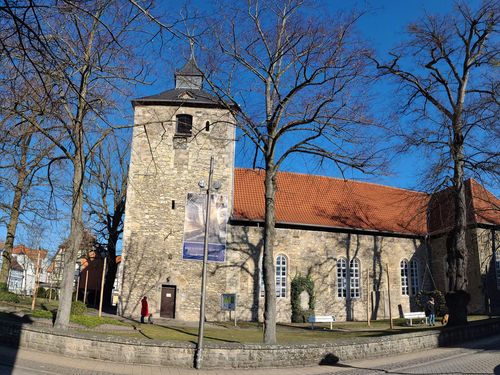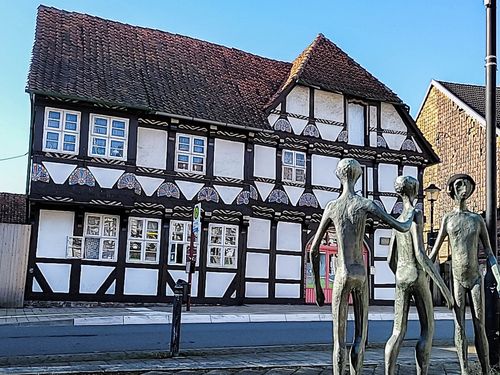The first documented mention of Fallersleben dates from the year 942, meaning the town has a history going back more than 1,000 years, although it is probably even older. It was incorporated in the city of Wolfsburg in 1972 under Lower Saxony’s territorial reorganisation. The romantic little town has retained its special charm to this day, despite being part of a large city. A beautiful old town with numerous half-timbered houses invites visitors to stroll and linger. The 16th-century castle houses the Hoffmann von Fallersleben Museum, which is dedicated to the work of the famous scholar and poet who wrote the words to the German national anthem. Numerous historical events, such as the annual Old Town Festival, attract many visitors to Fallersleben. Tradition is also preserved in the Old Brewery, where beer is still brewed today.



